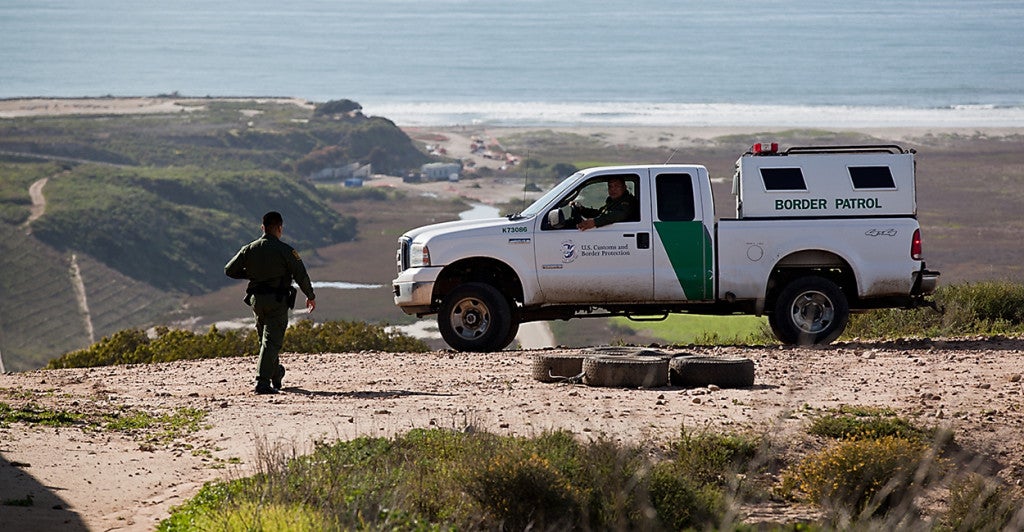Today on “Full Measure,” we have a report on “The Missing”—the hundreds of illegal immigrants who cross the border, never to be seen alive again. Their remains are found in remote desert areas.
For this story, I traveled to the Tucson, Ariz., morgue where advanced forensic science is used to identify the remains, and let loved ones know how the journey ended.
Here’s an exchange I had with Dr. Gregory Hess, the Pima County medical examiner:
HESS: Since about 2001, we’ve had the largest number of undocumented border crosser deaths for any single jurisdiction in the U.S. and so we’ve had a lot of experience with examining these kinds of remains.
ATTKISSON: How successful are you at identifying these unknowns?
HESS: It’s actually pretty good. We’ve had about 2,500 unidentified remains since 2001, of people we believe to be foreign nationals. We’ve identified [about] 1,700 of those. So it’s about 65 percent.
ATTKISSON: That’s pretty amazing, right?
HESS: Yeah, it’s pretty good. But that still leaves us with [about] 900 individuals that we have not identified. And essentially the odds of us identifying someone are directly proportional to the conditions of the remains when they come in, and whether or not they have any personal effects with them.
HESS: Just because somebody has personal effects doesn’t mean that it’s that person, because people travel under aliases quite frequently, and they may have just flat out false IDs.
ATTKISSON: So what is the key when you’re able to identify somebody that was carrying a fake identity? What’s the key to figuring out who that was?
HESS: Finding family. Because if you have a family, you can compare a family reference sample to the remains that we have to determine if they’re related.
ATTKISSON: Does it ever make you sad? The idea that this, someone’s life boiled down to this and nobody even knows when they died?
HESS: Sure. But you know for us, it’s more of an objective, kind of clinical perspective, because this is what we do. So we try to, you know approach it professionally and try to get this person identified.
I also spoke to U.S. Customs and Border Protection Cmdr. Paul Beeson, who said:
We are of course very concerned about human life. And we’re going to do everything we can to preserve and protect human life. We have a number of programs in place to respond in those instances when migrants get into trouble when they cross through some of these desert environments. Ultimately, the smuggling organizations and these people make these decisions to cross in these areas. They put themselves at risk, the smuggling organizations put them at risk.
